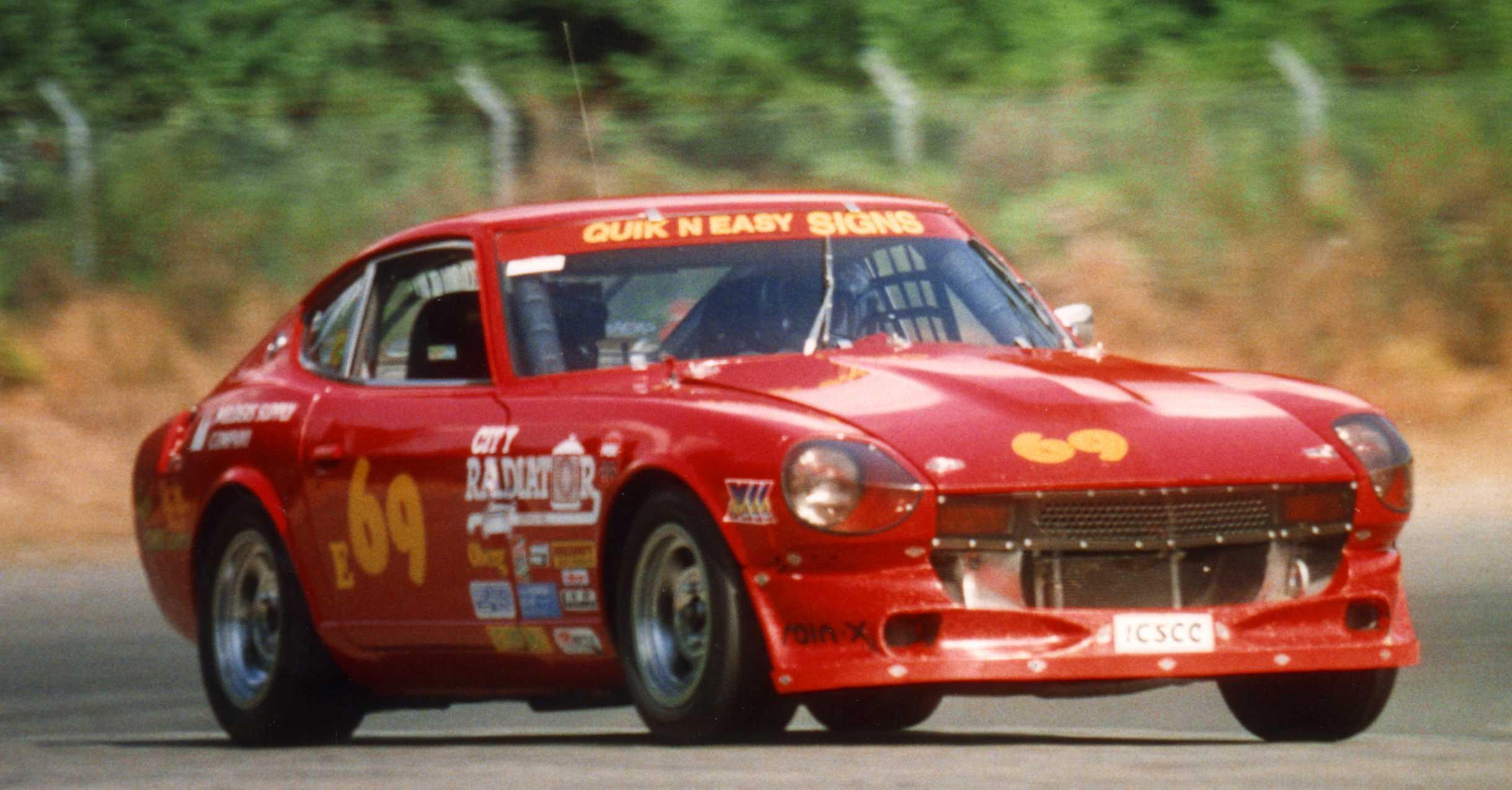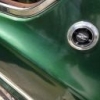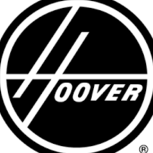The 454 was never offered in a Camaro. The SS396 was the only big block Camaro, in the first generation car. Other engines in the '67 to '69 Camaro were the 230 and 250 cubic inch inline six, the 302, 307, 327 and 350 cubic inch small block engines.
The 250 cubic inch inline sixwas the base engine for the second generation Camaro beginning in 1970. The small block engines available were the 307 and 350 cubic inch engines. The Camaro SS 396 had the 396 cubic inch V8 starting in 1970 (the 396 cu in actually displaced 402 cubic inches, yet Chevrolet chose to retain the 396 badges) was discontinued after 1972. Two 454 cubic inch engines (the LS6 and LS7) were listed on early specification sheets and in some sales brochures but never made it into production.
By 1973 the federal emissions standards had choked the life out of the Camaro.
In 1980 the inline six was replaced by the 3.8 liter V6 as the base engine.
The third generation Camaro, introduced in 1982 saw the 151 cubic inch 4 cylinder engine as the base model. Other available engines were the 173 and 191 cubic inch V6 engines, and the 305 and 350 cubic inch V8 engines.
The fourth generation Camaro, introduced in 1993, had the 207 and 231 cubic inch V6 engines, and the new generation small block 350 and 346 cubic inch V8 engines.
The fifth generation Camaro, introduced in 2009, saw a rebirth of the powerful Camaro of the early days. Still having a base model with a 3.6 liter V6, other available engines were the supercharged 5.3 liter V8, and the 6.2 and 7.0 liter normally aspirated V8 engines.
The sixth generation Camaro, introduced in 2016 is available with the 2.0 liter turbocharged 4 cylinder engine, 3.6 liter V6 or the 6.2 liter V8, either normally aspirated or supercharged.












